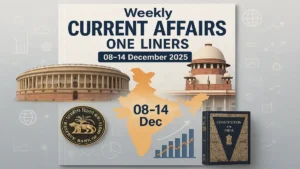The International Day Against Nuclear Tests is observed across every year across the world on 29 August with aim to raise awareness about the effects of nuclear weapon test explosions or any other nuclear explosions. The International Day against Nuclear Tests aims to raise people’s awareness on the need to prevent nuclear catastrophes to avert devastating effects on humankind, the environment and the planet.
Significance of International Day against Nuclear Tests
Nuclear testing has been carried out since 1945 but earlier little to no concern was given to the side effects and the devastating results of such testing. More than 2000 tests have taken place since then all of which have terrifying and tragic effects on environment as well as on human life.
Other than this there also are dangers of nuclear fallout from atmospheric tests. In the wake of such destructions, a need was felt to observe a day against such test so that more people can be made aware of the seriousness of the situation. The International Day against Nuclear Tests is therefore observed every year on August 29 with the purpose to raise awareness against nuclear testing.
Following the establishment of the day all state parties committed themselves to “achieve the peace and security of a world without nuclear weapons” in May 2010.
History of the day
On 2 December 2009, the 64th session of the United Nations General Assembly declared 29 August the International Day against Nuclear Tests by unanimously adopting resolution 64/35. The resolution calls for increasing awareness and education “about the effects of nuclear weapon test explosions or any other nuclear explosions and the need for their cessation as one of the means of achieving the goal of a nuclear-weapon-free world.” The resolution was initiated by the Republic of Kazakhstan, together with a large number of sponsors and cosponsors with a view to commemorating the closure of the Semipalatinsk Nuclear Test site on 29 August 1991.
2010 marked the inaugural commemoration of the International Day against Nuclear Tests. In each subsequent year, the day has been observed by coordinating various activities throughout the world, such as symposia, conferences, exhibits, competitions, publications, lectures, media broadcasts and other initiatives.




 Weekly Current Affairs One Liners 08th t...
Weekly Current Affairs One Liners 08th t...
 Which Indian City is Known as the Footwe...
Which Indian City is Known as the Footwe...
 Which Desert is known as the Cold Desert...
Which Desert is known as the Cold Desert...







